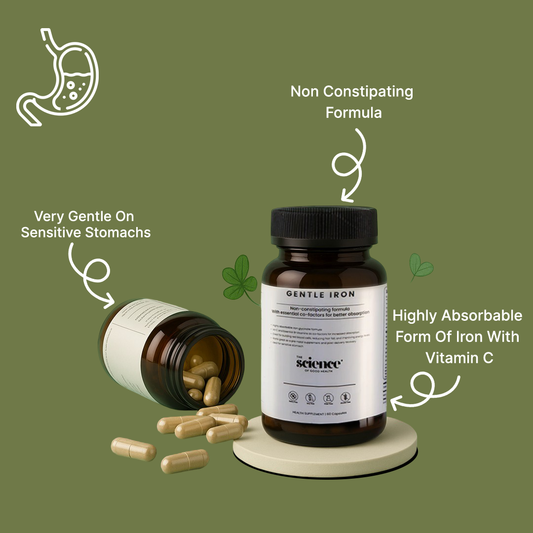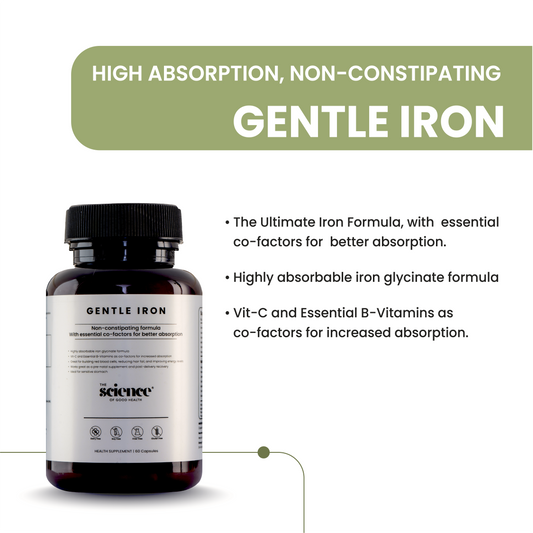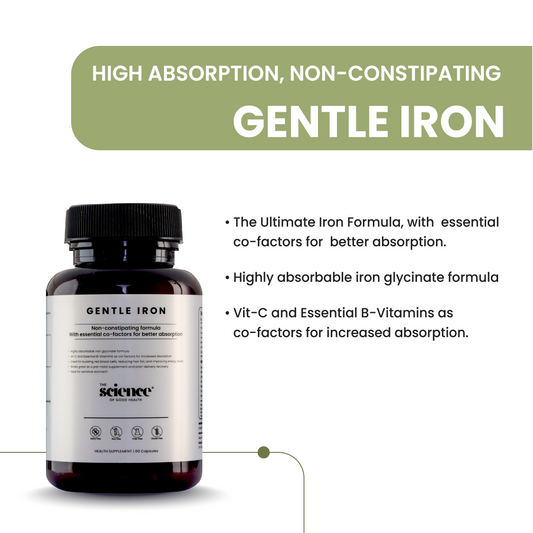Polycystic Ovarian Disease (PCOD) is a common hormonal disorder affecting women of reproductive age. Many women experience irregular periods, weight gain, acne, mood swings, and insulin resistance due to PCOD. While diet and lifestyle play a critical role in managing this condition, incorporating the right PCOD exercise at home can significantly improve symptoms. The good news is that you don’t need a gym membership or fancy equipment to start. With a structured, consistent approach, home workouts can help balance hormones, reduce stress, manage weight, and improve overall well-being.
In this guide, we will explore the most effective PCOD exercise at home routines, explain why exercise is essential, and provide tips to combine workouts with diet and lifestyle strategies. By the end, you will have a practical plan to take control of your health and feel more energized every day.
Why Exercise Matters in PCOD Management
Exercise is one of the most effective ways to manage PCOD naturally. Doing PCOD exercise at home consistently can help regulate hormones, improve metabolic function, and reduce symptoms. Here’s why it’s so important:
-
Hormonal Balance and Insulin Sensitivity: Regular physical activity helps the body use insulin more efficiently. Insulin resistance is common in PCOD, leading to weight gain and hormonal imbalance. Home workouts like strength training or yoga improve insulin sensitivity and support hormone regulation.
-
Weight Management and Metabolism Boost: Women with PCOD often struggle with weight gain, particularly around the abdomen. PCOD exercise at home can help burn calories, increase muscle mass, and boost metabolic rate, making it easier to maintain a healthy weight.
-
Stress Reduction: Physical activity reduces cortisol, the stress hormone. High cortisol levels can worsen PCOD symptoms. Gentle exercises like yoga, walking, or light cardio performed at home help reduce stress and improve mood.
-
Mental Health Benefits: Exercise releases endorphins, which naturally lift mood and reduce anxiety or depression. Managing mental health is an important part of PCOD care, and PCOD exercise at home provides a convenient, accessible solution.
By incorporating a combination of strength, cardio, and flexibility exercises at home, women can significantly improve PCOD symptoms without leaving their living room.
Best PCOD Exercises at Home
A combination of targeted exercises can improve insulin sensitivity, support hormonal balance, and aid in weight management. Here are the most effective PCOD exercise at home routines:
1. Strength Training
Strength training is essential for women with PCOD as it builds muscle, boosts metabolism, and improves insulin sensitivity. Home-friendly exercises include:
-
Squats: Strengthen thighs and glutes while increasing calorie burn.
-
Lunges: Tone the lower body and improve balance.
-
Push-Ups: Strengthen upper body and core. Beginners can start on knees.
-
Glute Bridges: Support pelvic health and strengthen core muscles.
Aim for 2–3 sets of 10–15 repetitions of each exercise, 2–3 times per week. Combining these moves as part of PCOD exercise at home routines will help improve strength and metabolic health over time.
2. Walking and Light Cardio
Light cardio is gentle on joints, improves heart health, and reduces stress hormones. Examples include:
-
Brisk Walking: 20–30 minutes daily improves circulation and insulin sensitivity.
-
Step Goals: Targeting 7,000–10,000 steps daily keeps you active without overexertion.
-
Low-Impact Cardio: Activities like dancing in place, cycling on a stationary bike, or marching in the living room elevate heart rate safely.
Consistent walking or light cardio forms the foundation of PCOD exercise at home, helping maintain weight and hormonal balance without stress on the body.
3. Yoga for PCOD
Yoga is excellent for stress reduction, improving circulation, and supporting hormone regulation. Recommended poses for home practice include:
-
Child Pose: Calms the mind and reduces stress.
-
Butterfly Pose: Opens hips and improves menstrual flow.
-
Cobra Pose: Stimulates ovaries and supports reproductive health.
-
Cat-Cow Stretch: Reduces inflammation, improves spine mobility, and eases back pain.
Practicing yoga for 15–30 minutes daily complements PCOD exercise at home, enhancing hormonal balance and emotional well-being.
4. High-Intensity Interval Training (HIIT)
HIIT combines short bursts of intense exercise with periods of rest. Benefits for PCOD include:
-
Increased fat burning
-
Improved insulin resistance
-
Boosted metabolism
Caution: Overtraining can raise cortisol levels, worsening PCOD symptoms. Start with 10–15 minutes, 2–3 times per week, and increase intensity gradually. Popular home HIIT exercises include jumping jacks, burpees, squat jumps, and mountain climbers.
5. Core and Fun Workouts
Core strengthening and enjoyable workouts help maintain consistency, which is key for PCOD exercise at home. Try:
-
Planks: Improve core strength and posture.
-
Russian Twists: Strengthen obliques and abdominal muscles.
-
Dance Workouts: Fun, energetic routines boost mood and cardiovascular health.
-
Home Circuit: Combine squats, lunges, jumping jacks, and yoga stretches for variety.
Making workouts fun ensures long-term adherence, which is vital for managing PCOD effectively.
Worst Exercises for PCOD (What to Avoid)
Some exercises may worsen symptoms if overdone:
-
Excessive Cardio: Long, intense cardio sessions can elevate cortisol and disrupt hormones.
-
Overtraining: Too much high-intensity exercise can increase stress hormones and lead to fatigue.
-
Heavy Weightlifting Without Guidance: Can cause injury or strain if form is incorrect.
Focusing on moderation, balance, and home-based workouts is safer and more sustainable for women with PCOD.
Diet and Lifestyle Tips to Complement Exercise
Exercise alone is not enough to manage PCOD. Pair PCOD exercise at home with healthy dietary and lifestyle habits:
-
High-Fibre Foods: Vegetables, beans, berries
-
Lean Proteins: Fish, tofu, chicken
-
Anti-Inflammatory Foods: Omega-3 rich foods, leafy greens
-
Foods to Avoid: Refined carbs, sugary snacks, fried food
-
Adequate Sleep: 7–8 hours of quality sleep supports hormonal balance
-
Stress Management: Meditation, deep breathing, or gentle yoga reduces cortisol
Combining diet, lifestyle, and consistent home workouts enhances PCOD management naturally.
Sample PCOD Exercise Routine at Home
Here’s a weekly plan for an effective PCOD exercise at home routine:
-
Monday: Strength training + 15 minutes of yoga
-
Tuesday: Brisk walking or light cardio for 30 minutes
-
Wednesday: HIIT 10–15 minutes + core exercises
-
Thursday: Yoga 20–30 minutes
-
Friday: Strength training + dance workout
-
Saturday: Light cardio or walking 30 minutes
-
Sunday: Rest + meditation
Even 30 minutes daily of structured PCOD exercise at home can lead to noticeable improvements in energy, mood, and weight management over time.
Conclusion
Consistency is the key to managing PCOD. By incorporating a structured PCOD exercise at home routine, along with a balanced diet and stress management, women can improve hormonal balance, support weight management, and enhance overall well-being. Start small, stay consistent, and gradually build intensity. Over time, even short, regular home workouts can make a profound difference in your health.
Pairing consistent PCOD exercise at home with nutritional support can deliver even better results. Explore The Women’s Period Issues Bundle from The Science of Good Health- a natural wellness pack designed to support hormonal balance, improve menstrual cycle regularity, and ease common PCOD/PCOS symptoms.
Read Our latest Blogs:
Symptoms of PCOD and PCOS | Exercise for PCOD Problem | Home Remedies for PCOD | How to Control PCOD Problem Naturally | Natural Remedies for PCOD | Foods Good for Gut Health | Symptoms of Poor Gut Health | Best Fruit for Gut Health | Gut Health Diet | Best Medicine for Gut Health | Gut Health Powder | Best Juice for Gut Health
Frequently Asked Questions
Q1. How often should I do PCOD exercise at home?
Ans: Ideally, 4–5 days a week. Mix strength, cardio, and yoga to balance hormones and maintain energy levels.
Q2. Can PCOD exercises alone help with weight loss?
Ans: Exercise is helpful but works best when combined with a balanced diet. Diet and lifestyle changes amplify weight loss and symptom improvement.
Q3. What’s better: yoga or HIIT for PCOD?
Ans: Both are beneficial. Yoga reduces stress and inflammation, while HIIT improves insulin sensitivity and fat metabolism. Combining both is ideal.
Q4. Can home exercises regulate menstrual cycles?
Ans: Yes, regular PCOD exercise at home improves hormonal balance, which may help regulate menstrual cycles over time.
Q5. Is strength training safe for women with PCOD?
Ans: Yes. Bodyweight exercises or light weights enhance muscle strength, metabolism, and insulin function without harming hormonal balance.
Q6. How long does it take to see results from PCOD exercise at home?
Ans: Most women notice improvements in energy, mood, and weight within 6–8 weeks of consistent practice. Hormonal benefits may take a few months.
Q7. Can I combine cardio and strength in one session?
Ans: Yes, circuit training or combining cardio with strength is effective. Ensure proper rest and avoid overtraining.
Q8. Should I consult a doctor before starting PCOD exercise at home?
Ans: Yes, especially if you have severe symptoms or other health conditions. A doctor can guide you on safe intensity and exercise selection.







